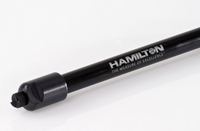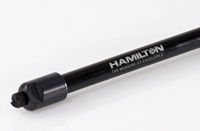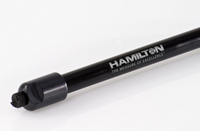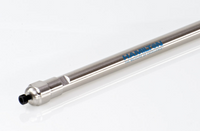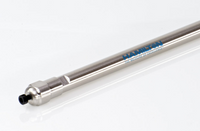Reversed-Phase

Hamilton Reversed-Phase HPLC Columns
Hamilton’s reversed-phase HPLC columns are engineered to deliver exceptional inertness, longevity, and batch-to-batch consistency across a wide range of analytical workflows. By merging the strengths of both silica-based and polymeric stationary phases, these columns provide robust performance for laboratories seeking reliable separations of small molecules, peptides, pharmaceuticals, and complex organic mixtures.
Hamilton offers an extensive portfolio that includes four polymeric and two silica-based reversed-phase packing materials, each optimized for specific selectivity, retention, and chemical stability requirements. The polymeric phases provide outstanding resistance to high pH, aggressive mobile phases, and repeated cleaning cycles—ideal for high-throughput laboratories and challenging sample matrices. The silica-based phases deliver high efficiency and sharp peak shapes for traditional reversed-phase workflows, ensuring analytical precision even with demanding separations.
Together, these reversed-phase chemistries allow analysts to fine-tune methods for maximum resolution, reproducibility, and sensitivity. Whether you need rugged polymeric durability or classic silica-based selectivity, Hamilton’s HPLC columns offer reliable performance suitable for pharmaceutical, environmental, clinical, food and beverage, and research applications.

